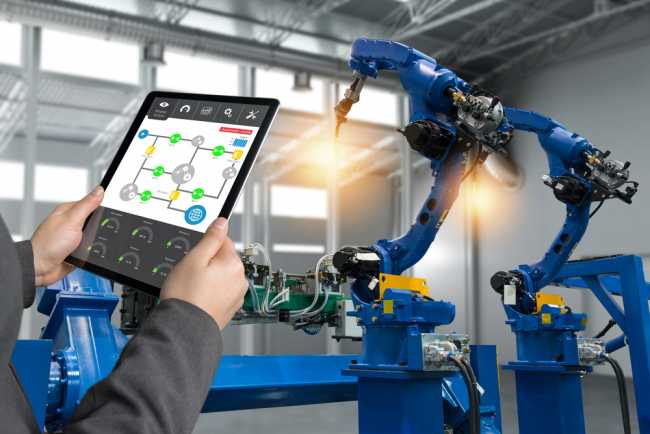How Remote Monitoring Impacts Employee Health and Safety
Whether in the office or at manufacturing sites and other production facilities, the health and safety of workers dictate the success of daily operations. In today’s environment, unforeseen health and safety hazards pop up at a moment’s notice. For industrial companies, equipping your factory or manufacturing operations with the tools necessary to remotely monitor and control assets is crucial to not disrupt operations during an unforeseen event. Working from a remote location then becomes an easy decision even for the largest industrial companies.
Remote Monitoring Systems Work to Keep Employees Safe
While asset downtime and production rate inefficiency can lead to negative business outcomes, threats to worker health and safety put a lot more on the line. Employees are an invaluable resource to a company – an injury in the field or a physical ailment caused by environmental factors can shake the foundations of a business, not to mention a decline in employee morale and productivity.
The key to minimizing the chance of a threat to employee health and safety is to have tools in place that allow you to minimize your employees’ risk of exposure. In the case of the Oil & Gas industry, field teams spend countless hours going to and from sites, sometimes to find out that the site visit was unnecessary because production is working at its highest efficiency. Having your assets hooked up to remote monitoring systems gives you real-time data on your assets production levels and allows you to limit physical exposure to production sites and in the case of a global pandemic, avoiding close proximity to co-workers in a factory. Often times, manufacturers will force those employees back into a facility because they do not have those automation technologies in place, or may cut production which is what we are witnessing with COVID-19.
Read the full blog post to learn more about the advantages of remote monitoring.
![]() This article was written by Jay Saling, the Senior Manager Demand Generation of WellAware.us. Jay is responsible for creating demand for WellAware’s various solutions and the delivery of high quality leads for enterprise sales opportunities. Jay has previously worked in the software industry, helping companies achieve their supply chain compliance and sustainability goals through a cloud based supply chain communication software. Jay graduated from the University of Colorado at Boulder with a Bachelors degree in Economics (International Emphasis) and extensive study in Weather & Atmosphere.
This article was written by Jay Saling, the Senior Manager Demand Generation of WellAware.us. Jay is responsible for creating demand for WellAware’s various solutions and the delivery of high quality leads for enterprise sales opportunities. Jay has previously worked in the software industry, helping companies achieve their supply chain compliance and sustainability goals through a cloud based supply chain communication software. Jay graduated from the University of Colorado at Boulder with a Bachelors degree in Economics (International Emphasis) and extensive study in Weather & Atmosphere.
Sorry, the comment form is closed at this time.




Pingback: How Remote Monitoring Impacts Employee Health and Safety – IoT – Internet of Things